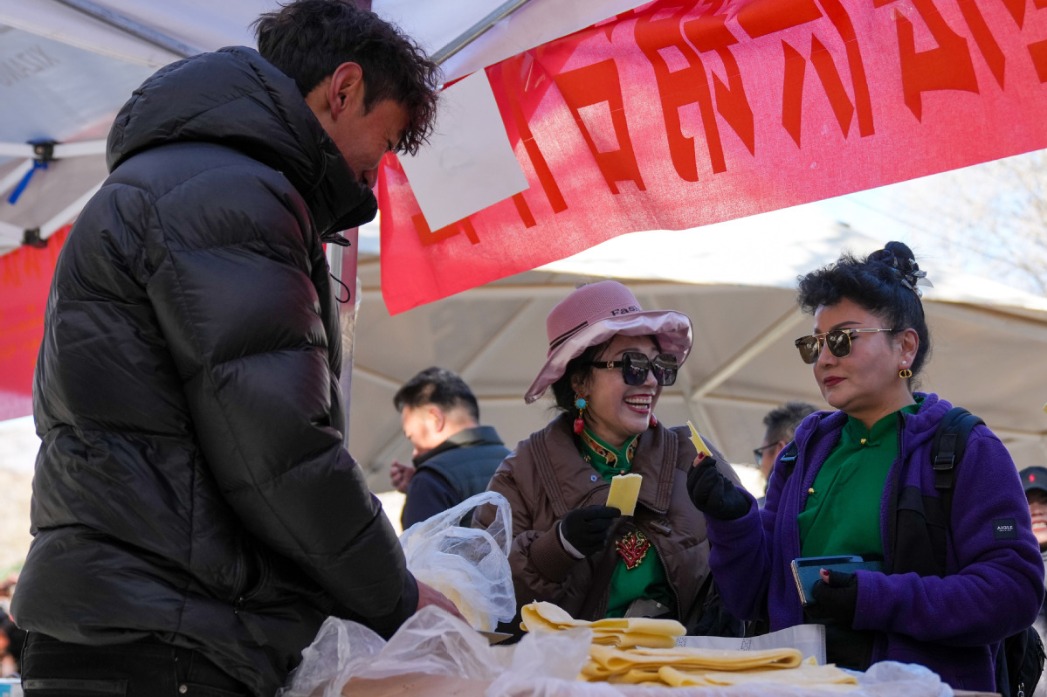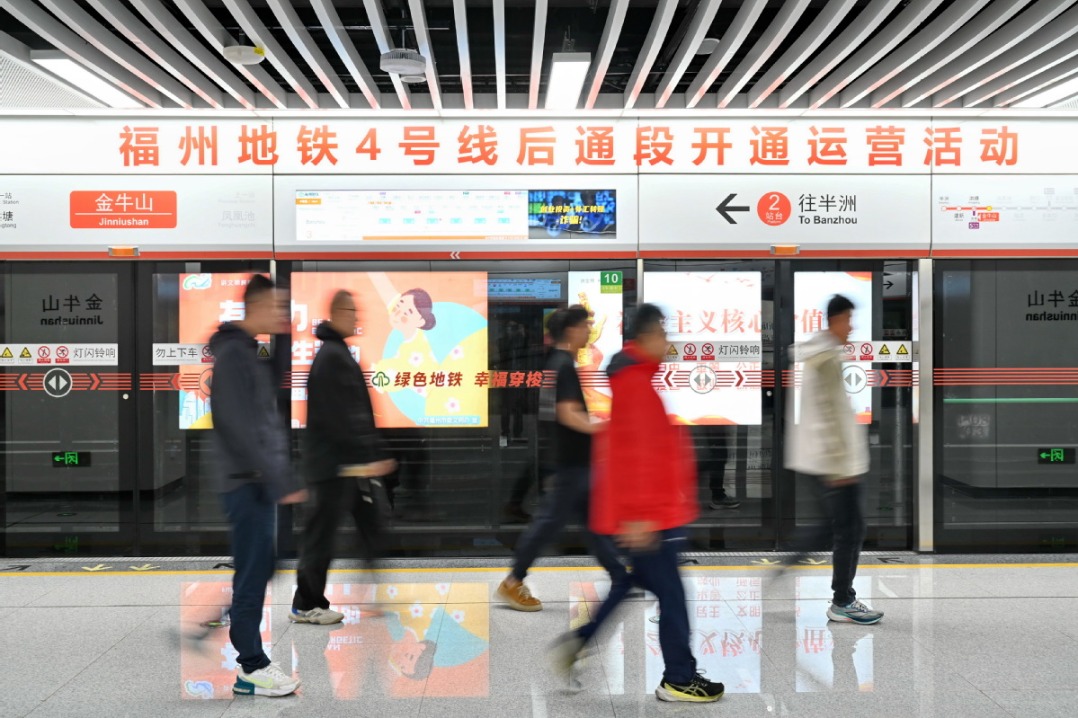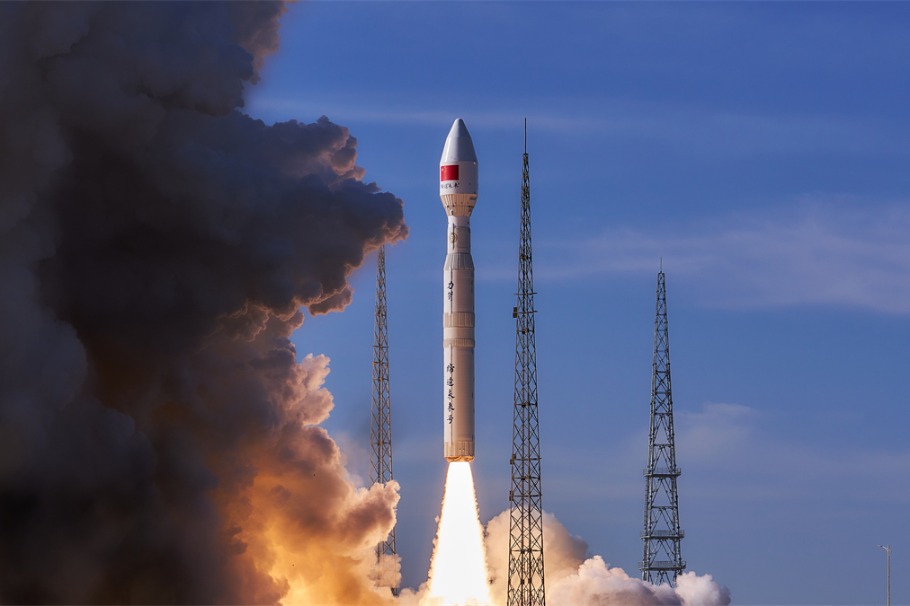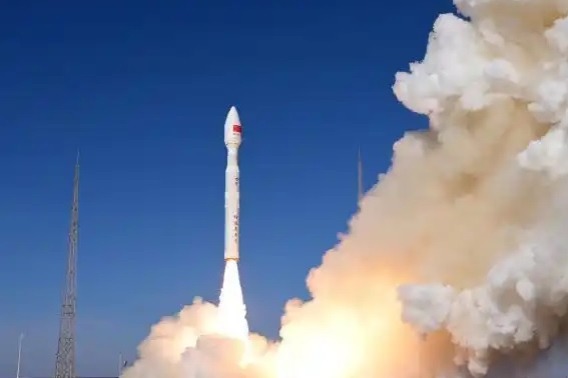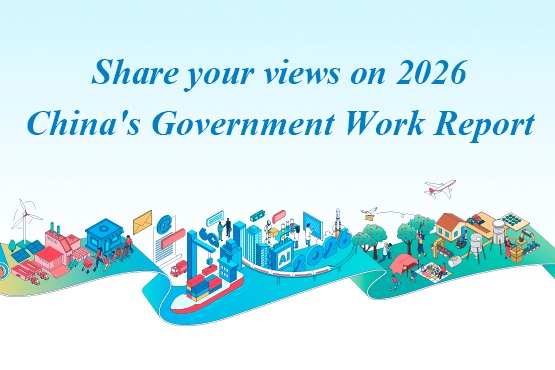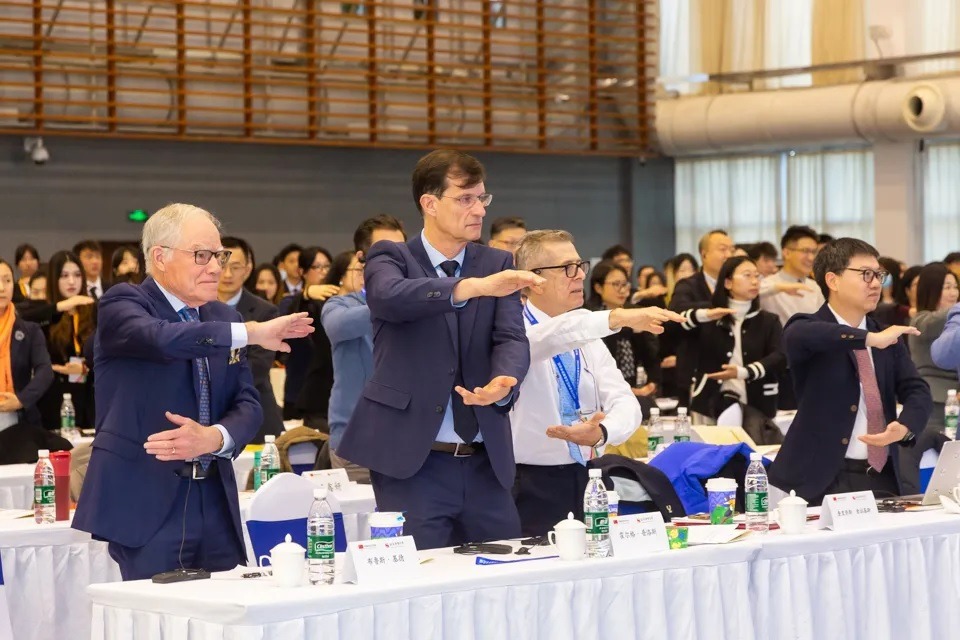City transformation is a capital idea

The past is past
China's capital has changed dramatically over the past 70 years, transforming itself from a city driven by economic growth to one hoping to become a cradle of science, technological innovation and cultural development.
Eventually, its loftier ambition is to become an international mega city of the future with its residents enjoying a high standard of living.
For the majority of those seven decades, Beijing was the nation's economic center whose industrial units contributed to two-thirds of its GDP.
The growth in industry saw an influx of migrants rushing to the city to look for work. This had a knockon effect of more economic growth, greater energy consumption and, of course, worsening pollution. Beijing gradually became an unpleasant place to live.
In 1982, Beijing's city planners stopped mentioning that the capital was an "industrial base".
Its aspirations changed again in 1993, when its planning goal was to become the national political, economic and cultural center. Eleven years later, the planning vision for Beijing dropped the reference to "economic center" and added that the capital should become a "livable city". The aim of being China's political and cultural centers remained.
Xi's vision
On Feb 26, 2014, President Xi Jinping inspected Beijing.
During his visit, he declared Beijing should function as the national center of politics, culture, international communications, and science and technology innovation.
Since then, Beijing has been working on realizing its new responsibilities by moving noncore functions, such as manufacturing and wholesale markets, out of the city and accelerating technology and innovation development.
In 2017, what was known by locals as the garment market in Xicheng district shut down, marking a milestone in the dismantling of Beijing's dated image.
It was the biggest garment wholesaler in the city.
Before, the 300-meter-long crowded street near the market was hard to get through in half an hour. Nowadays, people can walk through in a matter of minutes.
Lu Yingchuan, Party secretary of Xicheng district, said: "The district, along with all the other districts in Beijing, has been working on improving the old and small residential communities and improving the condition of streets and alleys, which has achieved obvious results."
- China sees jump in number of students returning from overseas in 2024
- Supply and marketing fair held in Lhasa
- Former CNOOC executive charged in bribery case
- Man sentenced to 4 years in landmark dog poisoning case
- China's 'Jiutian' large drone takes first flight, aims for versatile civil roles
- The Olympic spirit: a guiding light in everyday life
















